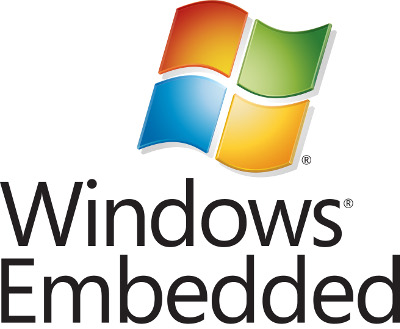



Our team often gets questions around how long Microsoft Windows IoT and Embedded products will be supported for, such as “When will support for Windows 7 Embedded end?” and “When will Windows 10 IoT Enterprise be nearing EOS?” With so many different products on the market, it can be easy to lose track of end of lifecycle dates. How do I know if my Windows Embedded licenses are at EOS? ESU is offered for up to an additional three years past the end of support via official suppliers like Bsquare. Starting with Windows 10 and Windows Server 2016, Microsoft aligned the EOS and EOL dates, for a total of just 10 years of product availability.Įxtended Security Updates (ESU) are available for a number of Windows Embedded editions, including Windows 7 Embedded, Windows Embedded Standard 7, and more. This means that the license can no longer be purchased, nor shipped to end customers.įor Windows Embedded products released prior to Windows 10, Microsoft offered a 10+5 model: 10 years of support and an additional 5 years before EOL, for a total of 15 years of product availability. After these dates, no further security updates will be made, potentially putting your devices, business, and customers at a security risk.Īfter the period of service and support has passed, a product moves to EOL, or end of life. The Microsoft Lifecycle policies generally refer to EOS, or end of support (sometimes referred to as end of service). What’s the difference between EOS and EOL? The timeline for each product is different, so knowing key dates will help you make informed decisions about when to update, upgrade or make other changes to your software. Lifecycle policies are there to give customers consistent, transparent, and predictable guidelines for software support and servicing. If your business builds or operates devices on Microsoft Windows IoT and Embedded products, you have heard of Lifecycle policies. Keep Devices Secure: An Overview of Microsoft’s EOS (End of Support) Dates for Windows IoT and Embedded Products


 0 kommentar(er)
0 kommentar(er)
